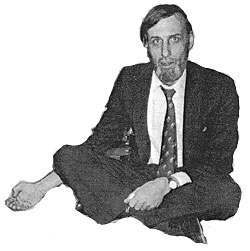
It
- Read more about It
- Log in or register to post comments
Baby mammoth found that is 34,000 years older than the Universe.
Preposterous.
This calls for a teabag science-book burning party. (You can actually picture that, can't you?)
Anything over 6,000 years old is a lie by science.
I blame Obama for all this science that's seeping into the Teabag Network. Imagine, Fox is repudiating its base!

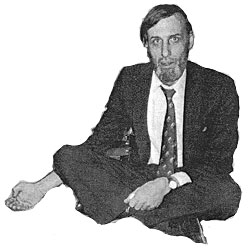
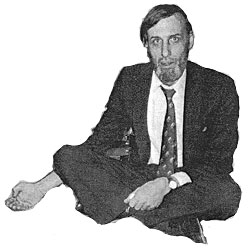
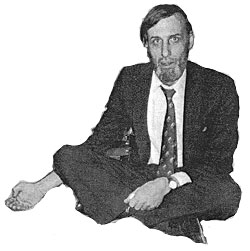
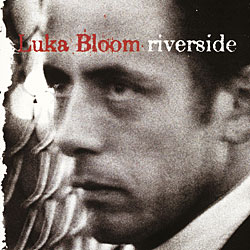
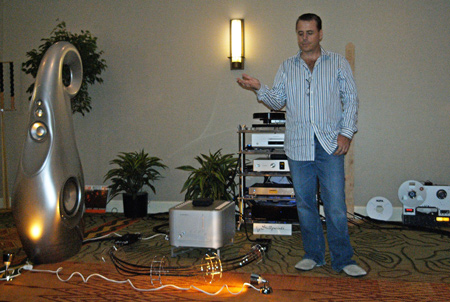
http://www.nytimes.com/2009/10/05/opinion/05krugman.html?th&emc=th
Anyone doubt this will be met with more ugliness?